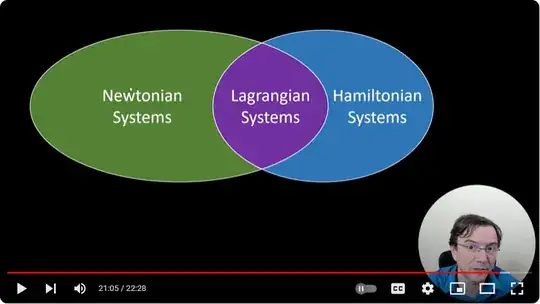From the principle of least (or stationary) action, we get that a classical system will evolve according to Euler-Lagrange equations:
$$\frac{d}{dt}\bigg (\frac{\partial L}{\partial \dot{q_i}}\bigg) = \frac{\partial L}{\partial q_i} .$$
I have often read and heard from physicists that this differential equation encapsulates all of classical mechanics. A glorious reformation of Newton's laws that are more general, compact and much more efficient.
I get that if you plug in the value of the Lagrangian, you re-obtain Newton's second law. But Newtonian mechanics is based on 3 laws, is it not? The law of inertia is a special consequence of the second law, so we don't need that, but what about the third law, namely that forces acts in pairs; action equals minus reaction?
My question is, can we obtain Newton's third law from this form of Euler-Lagrange equation? I understand that Newton's third law for an isolated $2$-body system follows from total momentum conservation, but what about a system with $N\geq 3$ particles? If not why do people say that it's all of classical mechanics in a nutshell?
